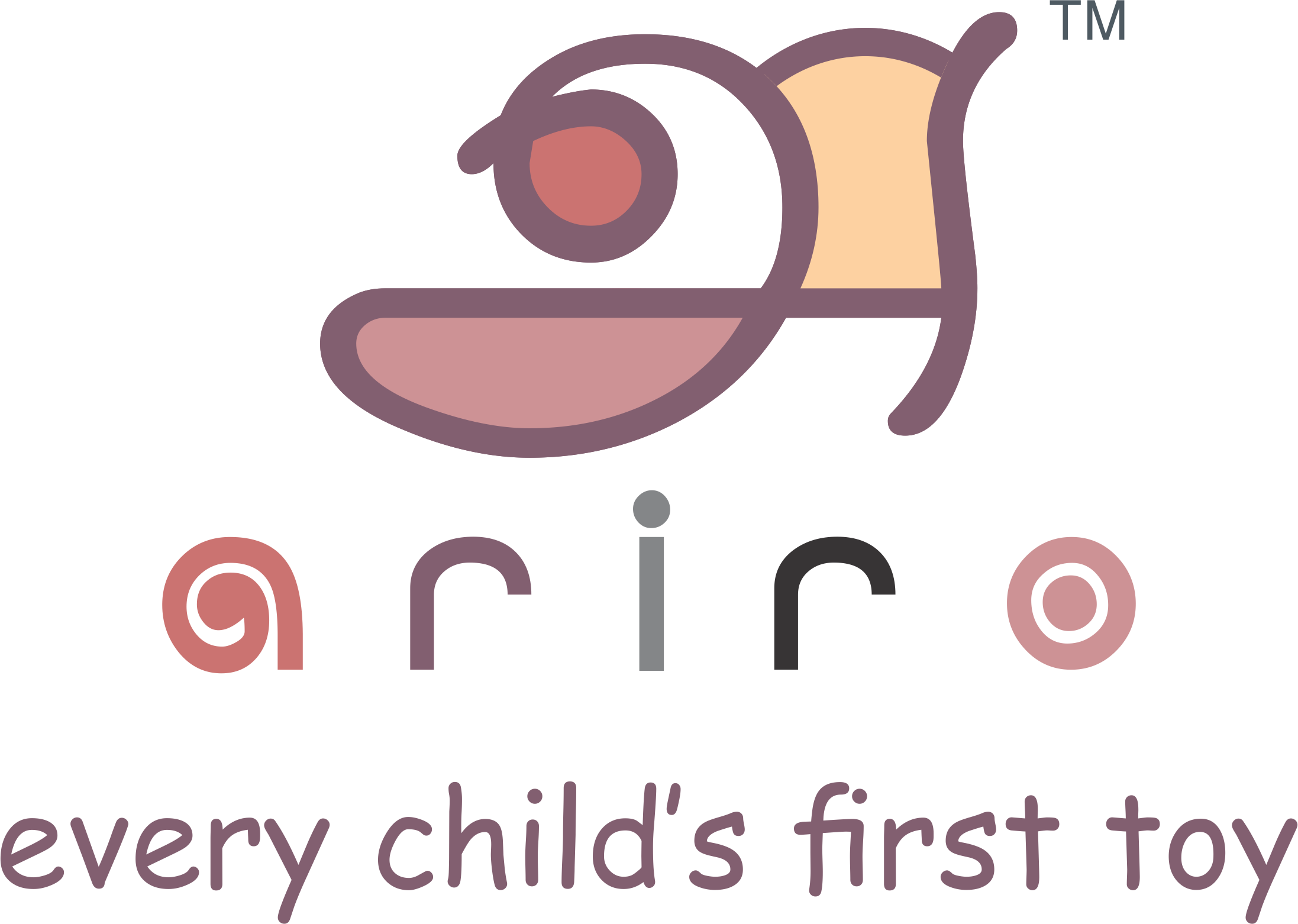
In our previous blog post about reading to children under the age of 3, we covered the benefits of reading as well as what kind of books to read at different stages.
In this post, we will explore Montessori friendly books – what does that mean and how to find them?

Under the Montessori pedagogy, we encourage parents to read realistic books. This stems from the belief that babies and toddlers are beginning to learn about the world they were born into which includes their immediate home environment, everyday routine, people around them and familiar places. Therefore, books that reflect their world are the ones will relate to and engage with. Introducing fantastical elements at this age will only confuse this young child who has not yet learnt the difference between the real and virtual. Therefore, books where animals go to school, for instance might make a child believe that animals really do go to school and confuse them when they see animals around them behave differently.
Here are some general pointers to help you choose a Montessori friendly baby- toddler book

1. Look for books that have realistic content and illustrations – these could even be photographs. Some examples include those about daily routines, animals they can see around them, visiting the park or shopping, local plants and flowers, food they eat and what people around them do.
2. While photographs represent reality the best, do introduce different kind of illustrations – some with line drawings, some with paintings and others with digital illustrations. This is an early introduction to art for the young child. Illustrations that are rich in detail are very attractive to young children.

3. Books for children under the age of 3 must be the right size for the young child’s hands to handle – start with board books but also introduce paper back and teach your child how to hold the book, how to turn the page and how to take care of their books.
4. Keep the age of your child in mind while buying a book – babies and toddlers may not yet be able to listen to you read a long book. Refer to our detailed blog post about this for further reading (link the post here.)

5. No matter what the language is – make sure it is rich and vibrant. Books that use a variety of verbs and nouns, as well as rhythmic language work well with young children. While the book shouldn’t be too verbose, it also should not dumb down the language for the child.
6. Once you find a few books your child likes, look for other books by the same author, illustrator, and same publishing house to help you discover some new titles.

7. Don’t hesitate to buy pre-loved. Some of the most Montessori friendly and budget friendly books can be found in secondhand bookstores and social media groups – keep looking.
8. Look for books that are diverse and inclusive – those that have characters of different cultures and skin colour, those with different abilities, those with different kind of families and those with girls as the main character. Books are a great way to expose your child to these ideas at a young age.

9. Make your own – sometimes the best books for this age group are simply photo albums to flip through and talk about family and friends. You can also make books with simple illustrations or photographs to help prepare your child for a transition or life-event.

10. Follow your child’s interest as a guide to help your pick books. Books about transportation, farm animals and social gathering are usually a big hit with this age group.

Remember to display only 6-8 books at a time in a front facing bookshelf or basket – children are likely to engage with what they can see. Rotate the books out periodically – leave their favourites back and change out the ones they don’t seem too interested in. Most importantly, read to your child every day for at least 15 mins – apart from laying a strong literary foundation, this habit does wonder to build the parent-child bond.






